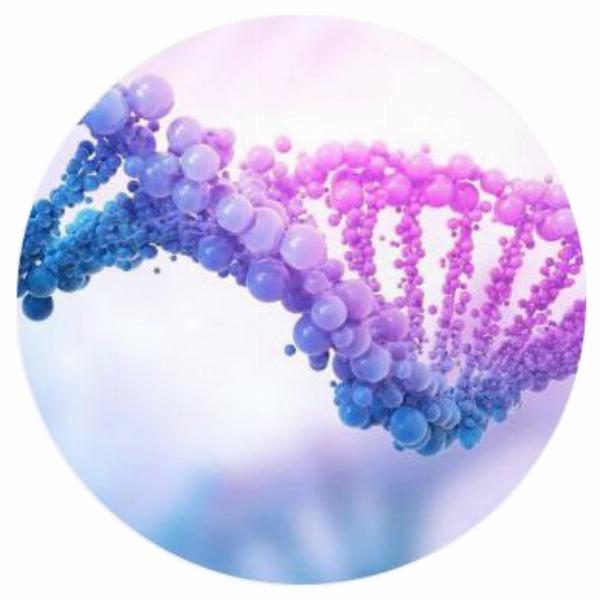New Advances With iPSC Research: Improved Characterization and Reprogramming Techniques

Strong8k brings an ultra-HD IPTV experience to your living room and your pocket.
Scientists continue to make progress with induced pluripotent stem cells (iPSCs), which have the potential to transform medicine due to their capacity to develop into numerous types of cells that can be employed for treatment. Reprogramming somatic cells to induce iPSCs has provided great value, which can be developed into a variety of tissue types. Researchers now have the resources they need to push iPSC research further as a result of recent significant advances in iPSC characterization and reprogramming techniques.
iPSC CharacterizationiPSC Characterization
A key factor in iPSC research has been the development of more advanced characterization techniques. Characterization analysis is necessary to confirm the pluripotency, quality, properties and safety of iPSC during derivation and maintenance. Previously, the characterization of iPSCs relied heavily on the analysis of gene expression levels and cell morphology. However, technological improvements have resulted in the creation of increasingly complex characterization methods that allow scientists to probe and study cells’ molecular and epigenetic markers. This has led to a more thorough understanding of iPSCs, which is essential for successful downstream applications.
Reprogramming iPSCs
To produce high-quality iPSCs, mature cells must be successfully reprogrammed to go back into a stem cell-like condition. Traditional reprogramming techniques involving viral vectors take a long time and run the risk of interfering with the cells’ genomes and resulting in undesirable genetic modifications. Various new strategies have been developed to improve reprogramming techniques, including episomal vectors, RNA transfection, and so on. These techniques are perfect for helping research advancements since they are quicker and less intrusive.
Furthermore, advances in the utilization of tiny molecules that can improve the efficiency and quality of the reprogramming process have been made. Small molecules with the ability to affect many cellular pathways have been discovered to improve reprogramming efficiency, reduce the time required, and improve the quality of the iPSCs obtained.
The last few years have seen significant improvements in the characterization and reprogramming techniques for iPSCs, resulting in enhanced reliability and efficiency. These advances have opened the door to the faster and more efficient iPSC development, which is crucial for creating innovative treatments and therapies to combat a variety of diseases. Although still in its infancy, as researchers continue to progress in iPSC research, they strive to harness the technology’s potential to discover novel and transformative medicinal solutions to address a wide range of conditions.
New Advances in iPSC Research: Enhanced Characterization and Reprogramming Techniques
Scientists are making significant strides with induced pluripotent stem cells (iPSCs), which hold tremendous promise for medicine due to their ability to differentiate into various cell types for therapeutic use. The reprogramming of somatic cells to generate iPSCs has proven invaluable, enabling the development of diverse tissue types. Recent breakthroughs in iPSC characterization and reprogramming techniques are providing researchers with the tools needed to advance this field even further.
iPSC Characterization
A pivotal aspect of iPSC research is the advancement of characterization techniques. Characterization is essential to confirm the pluripotency, quality, properties, and safety of iPSCs during their derivation and maintenance. Historically, iPSC characterization relied heavily on gene expression analysis and cell morphology assessment. However, technological advancements have led to the development of sophisticated characterization methods that enable scientists to explore molecular and epigenetic markers in greater detail. This deeper understanding of iPSCs is crucial for their successful application in various downstream processes.
Reprogramming iPSCs
Creating high-quality iPSCs requires the effective reprogramming of mature cells back to a stem cell-like state. Traditional reprogramming methods using viral vectors are time-consuming and pose risks of genomic interference and unwanted genetic modifications. To address these issues, researchers have developed new reprogramming strategies, including episomal vectors and RNA transfection, which are faster and less intrusive.
Additionally, significant progress has been made in utilizing small molecules to enhance the reprogramming process. These molecules can influence multiple cellular pathways, thereby improving reprogramming efficiency, reducing the time needed, and increasing the quality of the resulting iPSCs.
The recent advancements in iPSC characterization and reprogramming techniques have greatly enhanced their reliability and efficiency. These improvements pave the way for faster and more efficient iPSC development, which is vital for creating innovative treatments and therapies for a wide range of diseases. While the field is still in its early stages, ongoing research aims to fully harness the potential of iPSCs to develop novel and transformative medical solutions for various conditions.
Note: IndiBlogHub features both user-submitted and editorial content. We do not verify third-party contributions. Read our Disclaimer and Privacy Policyfor details.







